Have you ever wondered how fortunate we are to be bestowed with this massive solar energy potential? India lies in one of the sunniest parts of the world. About 5000 trillion kWh energy is incident every year over Indian peninsula with which averages to 4-7 kWh per square meter per day. Highest annual global radiation has been witnessed in Rajasthan and Gujrat. This unparalleled solar potential can be harnessed effectively using photovoltaics as well as thermal technology to generate a huge amount of solar power.
Latest Trends –
- Using unproductive land – There is an insufficient amount of land in many states of India to generate solar energy so as to meet the country’s current target of land-based energy. To tackle this issue, the ministry is allowing the state governments to allocate unproductive land for solar energy projects resulting in low costs and minimal use of private lands.

- Emergence of distributed generation – This is the best way to narrow down the gap between supply and demand. The trend towards distributed generation has been noticed in the past years and has played a key role in electrifying villages and helping meet the latent demands in the system. Distributed generation also helps in overcoming the shortfalls in the transmission, mitigating the apprehensions of the solar energy suppliers to some extent.
- Government’s Policies – The government is executing two national level programs to promote installation of solar roof tops. The Jawaharlal Nehru National Solar Mission was launched in 2010 and had set an ambitious target of 20 GW solar by 2022. This target was further revised in 2015 under Narendra Modi Government to 100 GW solar by 2022. Another web-based initiative, namely Solar Guidelines, has been adopted under Indo German Energy Programme (IGEP) to encourage rapid development of the solar sector in India by disseminating policy and technology related information. Moreover, State Bank of India has also signed an agreement with the World Bank for debt financing of Rs 4200 crore towards grid-connected solar projects in India. The government is making efforts to achieve its targets and enable widespread adoption of solar.

- Off-Grid Solar Application – The Government of India has also incorporated off-grid renewable energy policy to boost the use of renewable energy through stand-alone systems in remote areas. The policy aims to increase the use of green energy and curb the growing issue of waste disposal. It expects the use of more solar products, bio gas and fertilizer plants in housing societies, private offices, and establishments.

- Long-time partnerships – Partnerships and investments in the solar sector have been at an all-time high lately. The Government of India and the Government of the United Kingdom have signed an agreement to work together in the field of solar energy. This partnership is expected to produce high-quality products that are of industrial relevance and are targeted towards addressing local needs. Because of the increasing share of renewable in India’s energy mix, the government of India has decided to operate on a different power trading platform. The proposed platform would help states buy, sell and trade renewable-based power.






 Home Solar Panel System Price and...
Home Solar Panel System Price and... 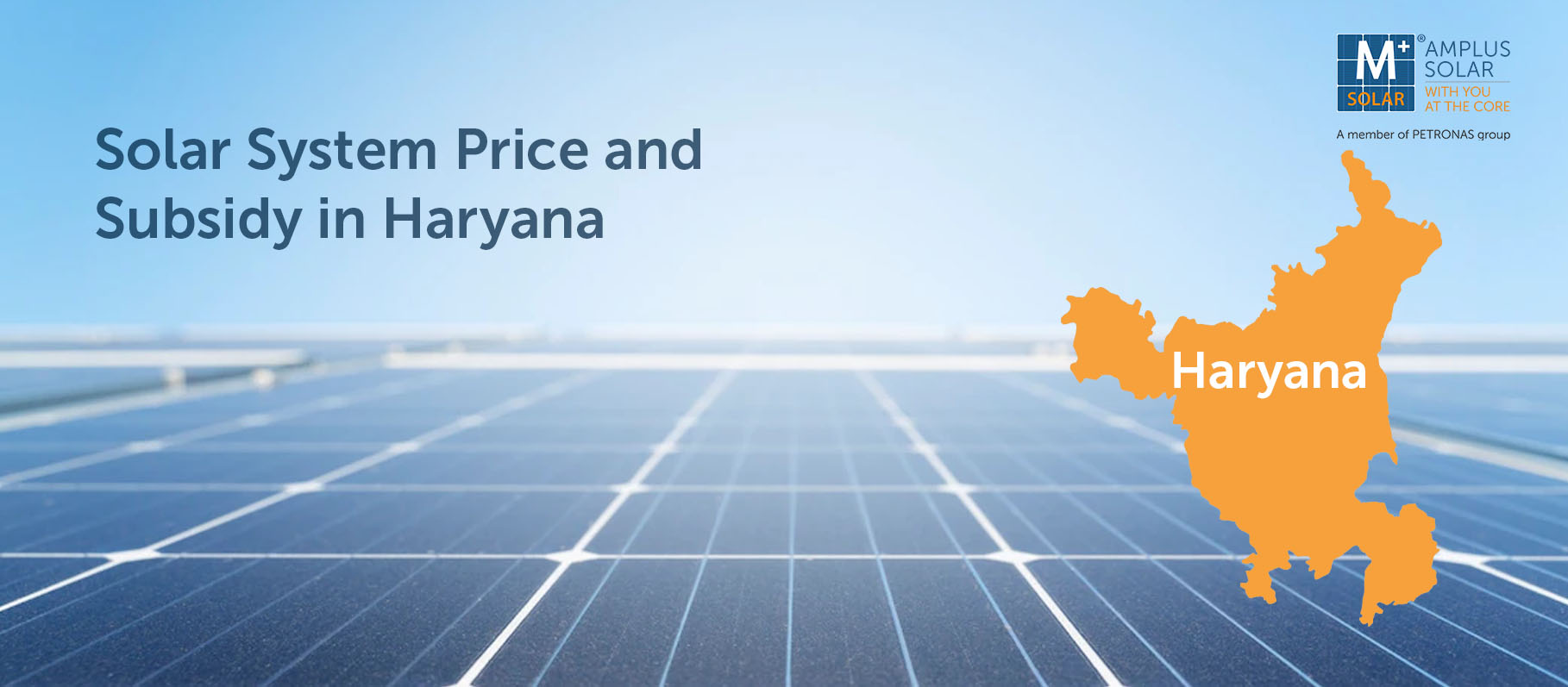 Complete Details About Solar System Price...
Complete Details About Solar System Price...  Home Solar Panel System Installation Cost...
Home Solar Panel System Installation Cost...  What Is Open Access in Power...
What Is Open Access in Power... 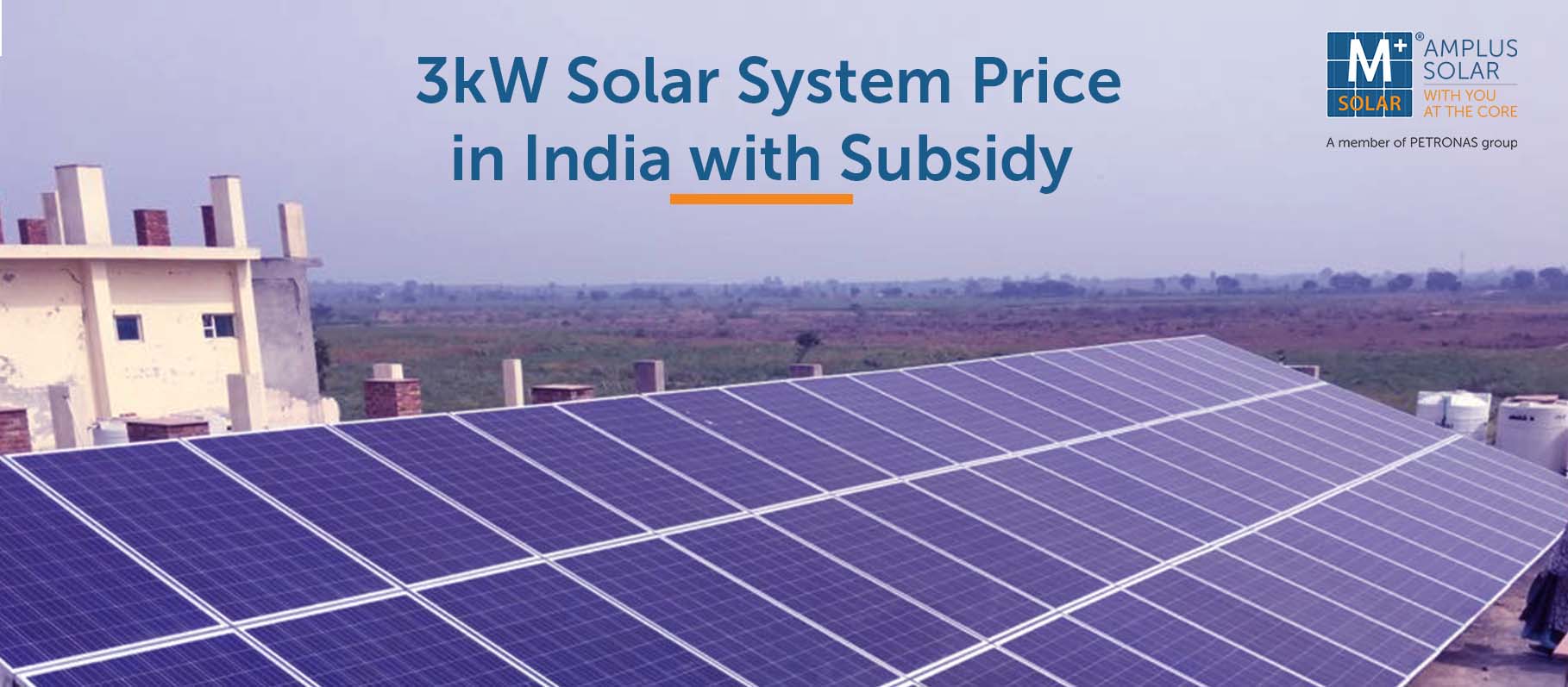 3kW Solar Panel System: Price in...
3kW Solar Panel System: Price in... 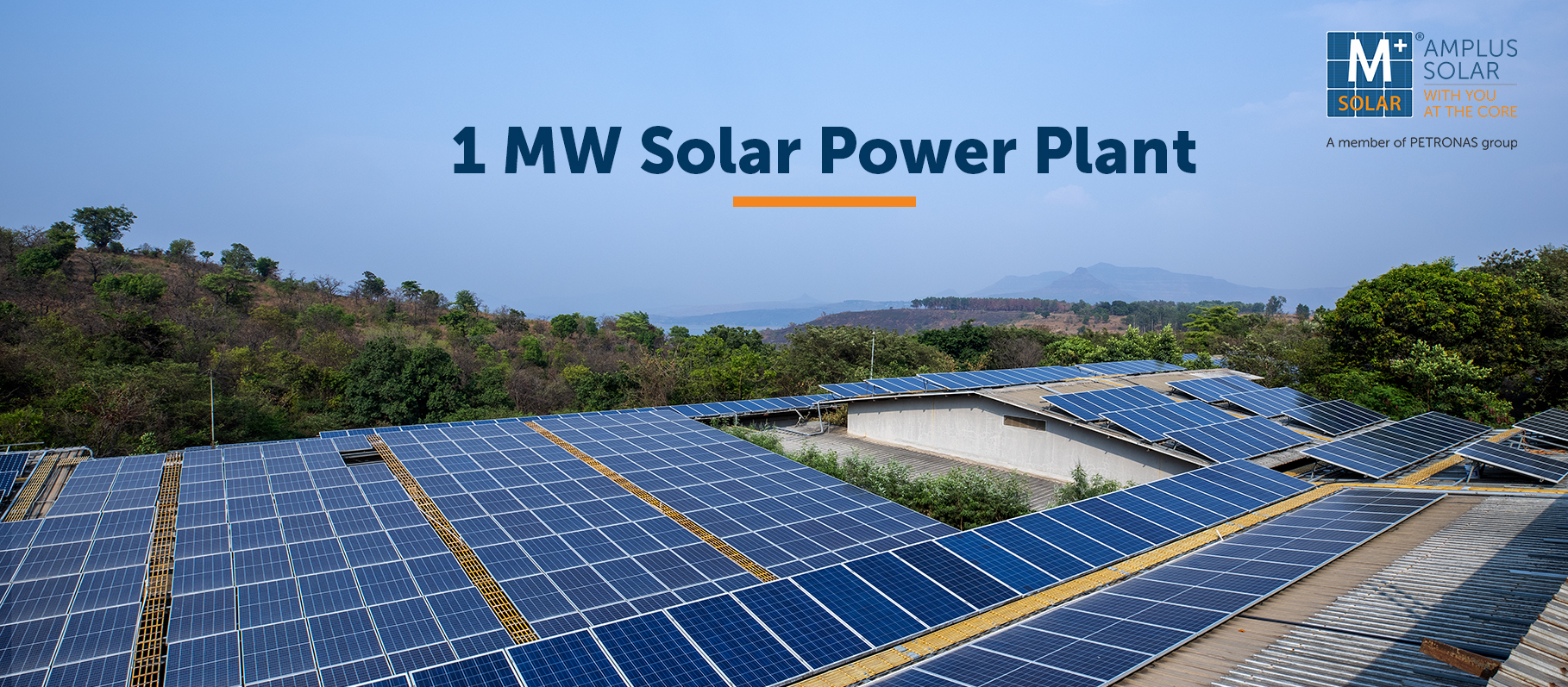 All About 1 MW Solar Power...
All About 1 MW Solar Power...  1kW Solar Panel System Price in...
1kW Solar Panel System Price in... 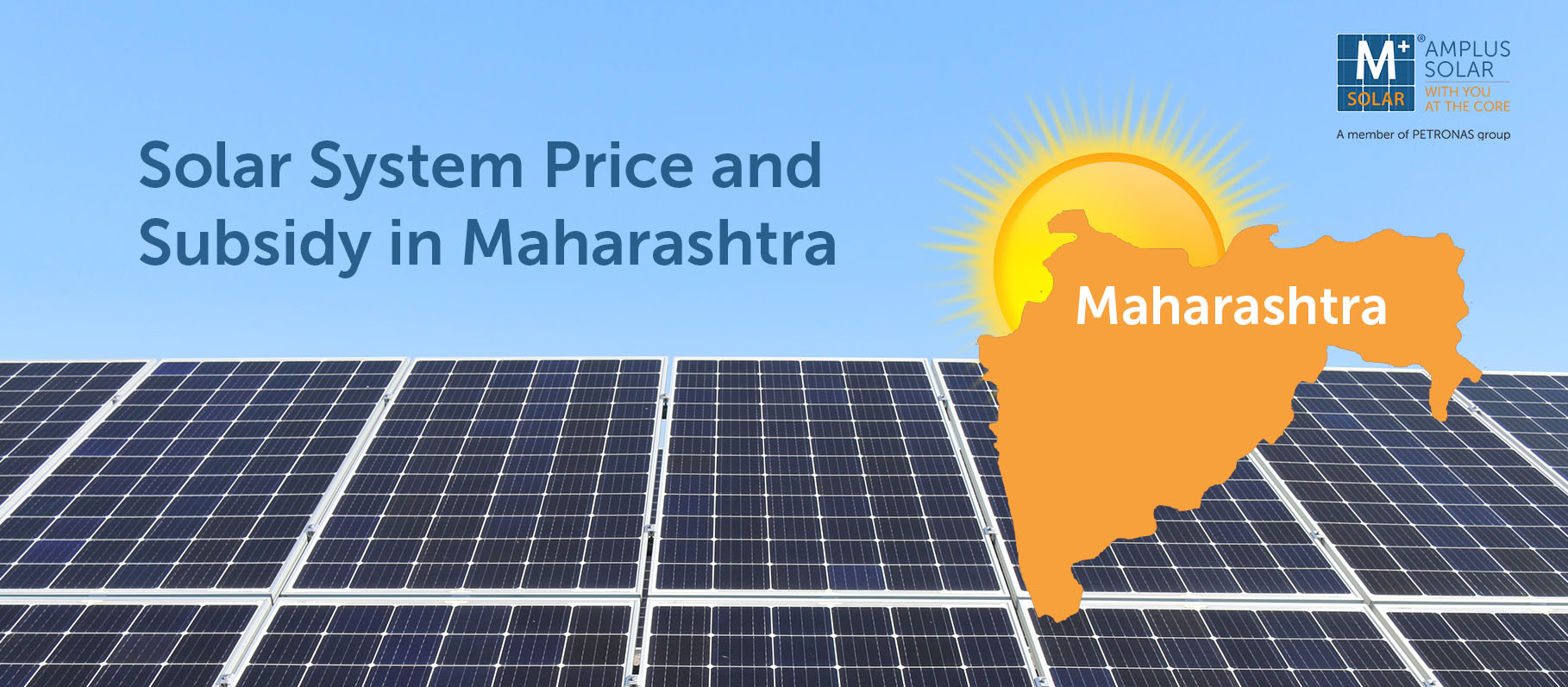 Solar System Price and Subsidy in...
Solar System Price and Subsidy in... 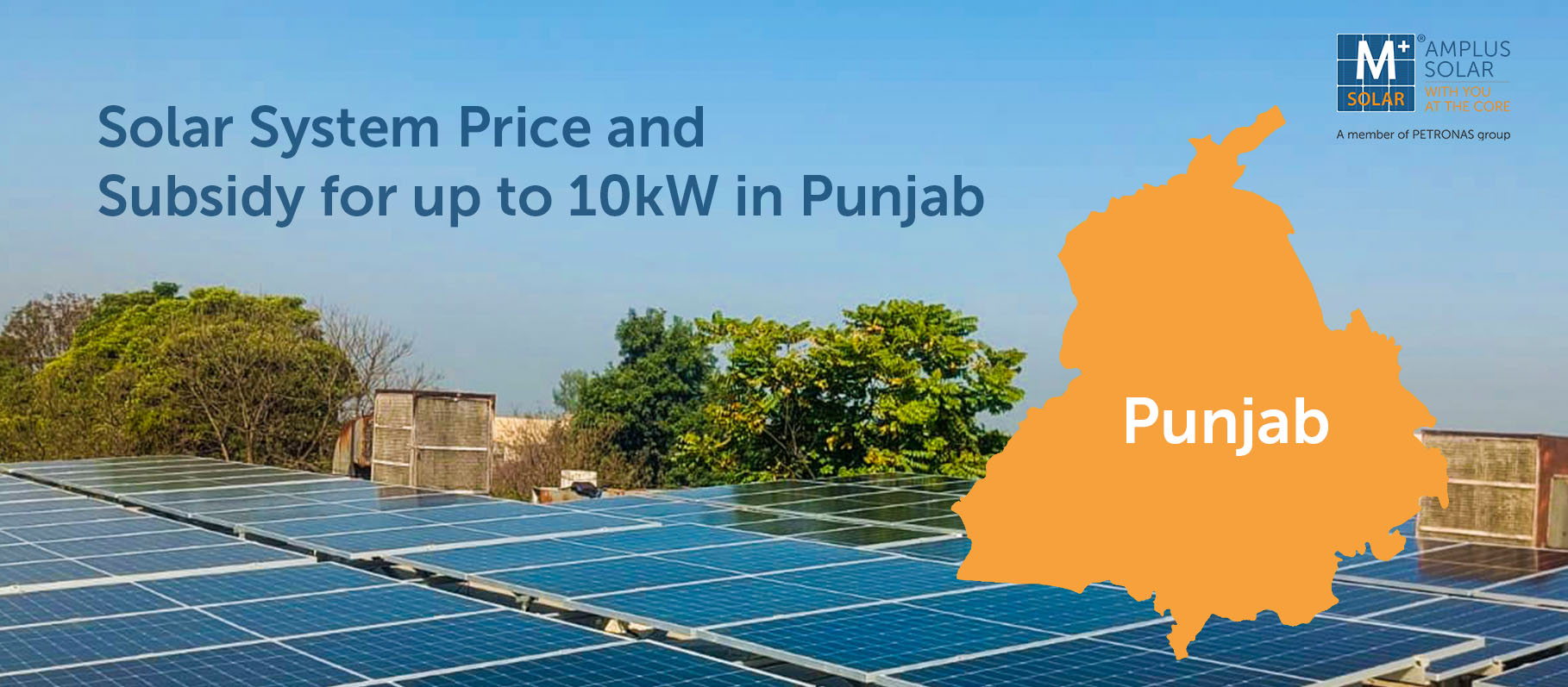 Complete Details About Solar System Price...
Complete Details About Solar System Price... 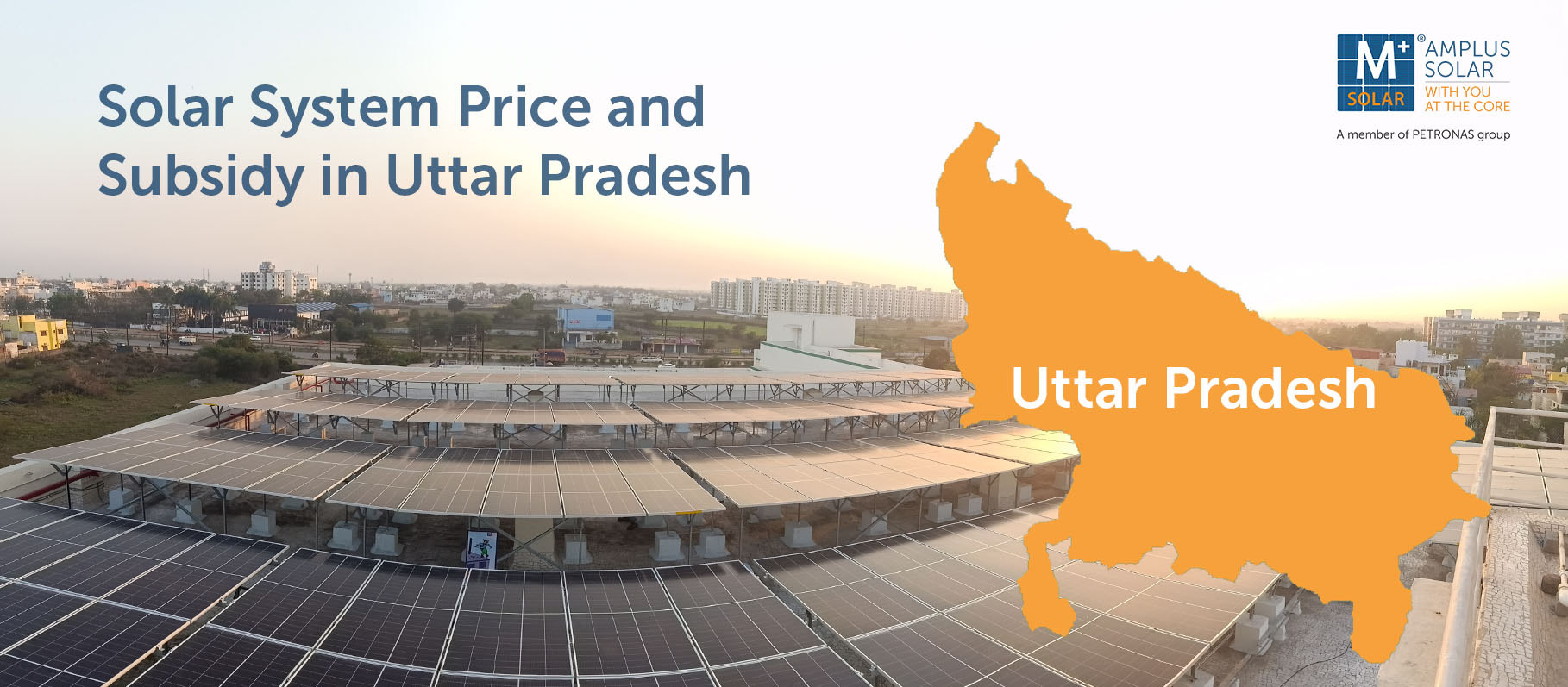 All About Solar System Price and...
All About Solar System Price and... 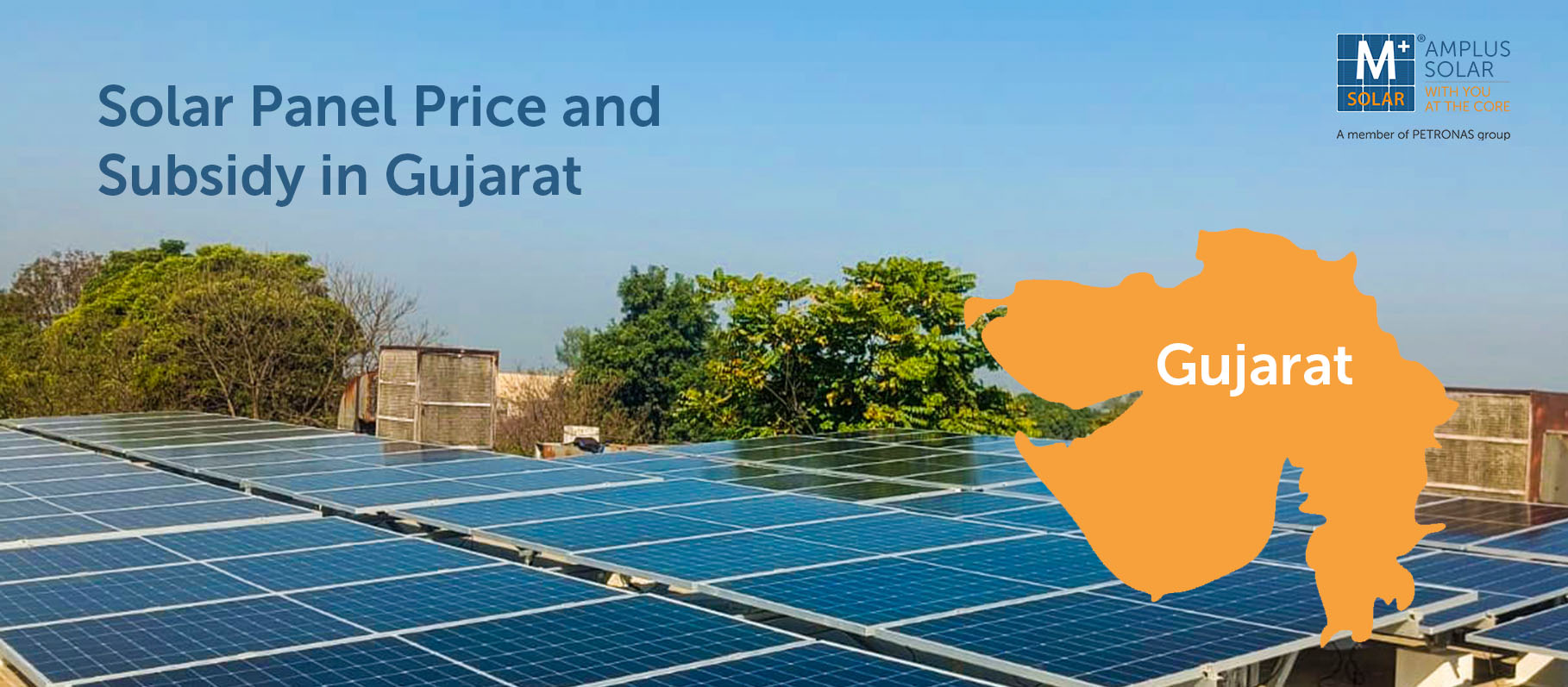 All About Solar Panel System Price...
All About Solar Panel System Price...  Know More About Solar Panel System...
Know More About Solar Panel System... 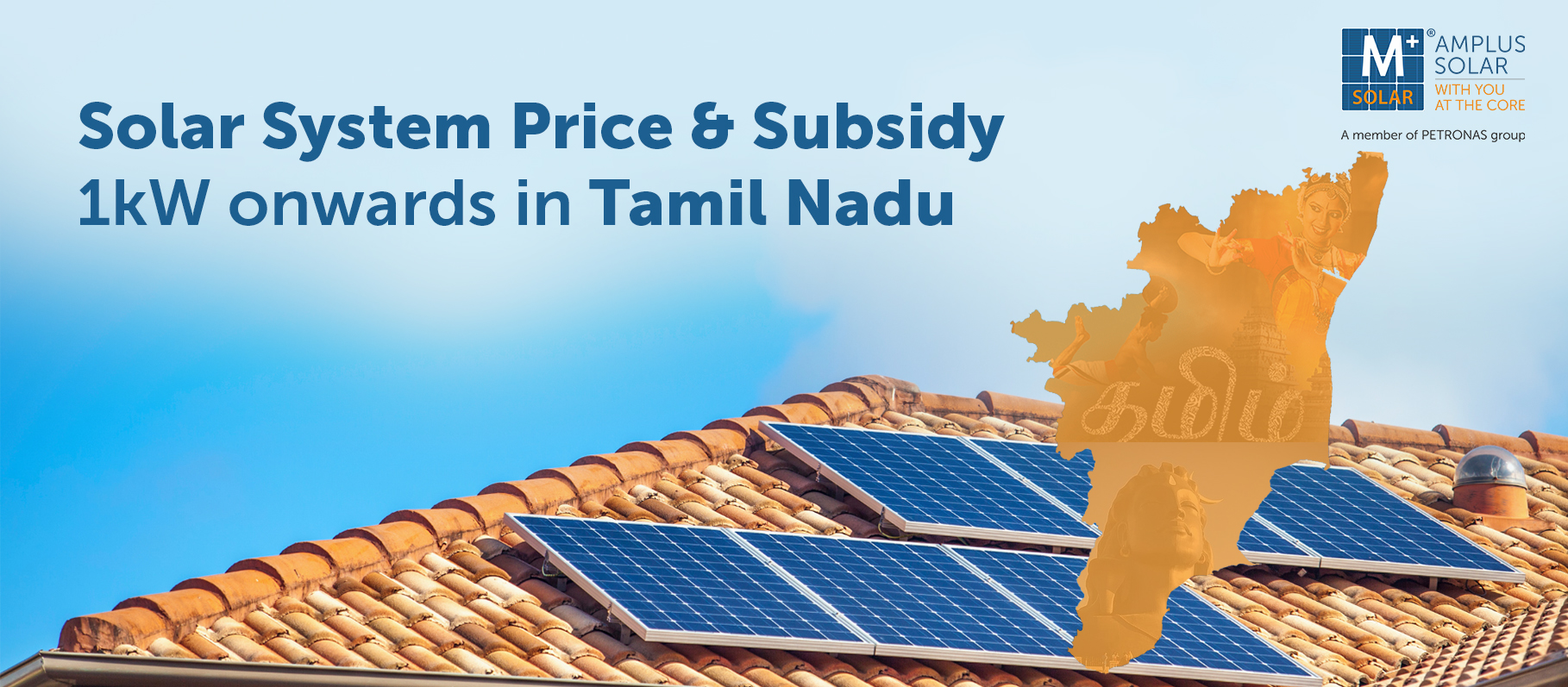 Solar System Price and Subsidy in...
Solar System Price and Subsidy in...  Know More About Solar System Price...
Know More About Solar System Price... 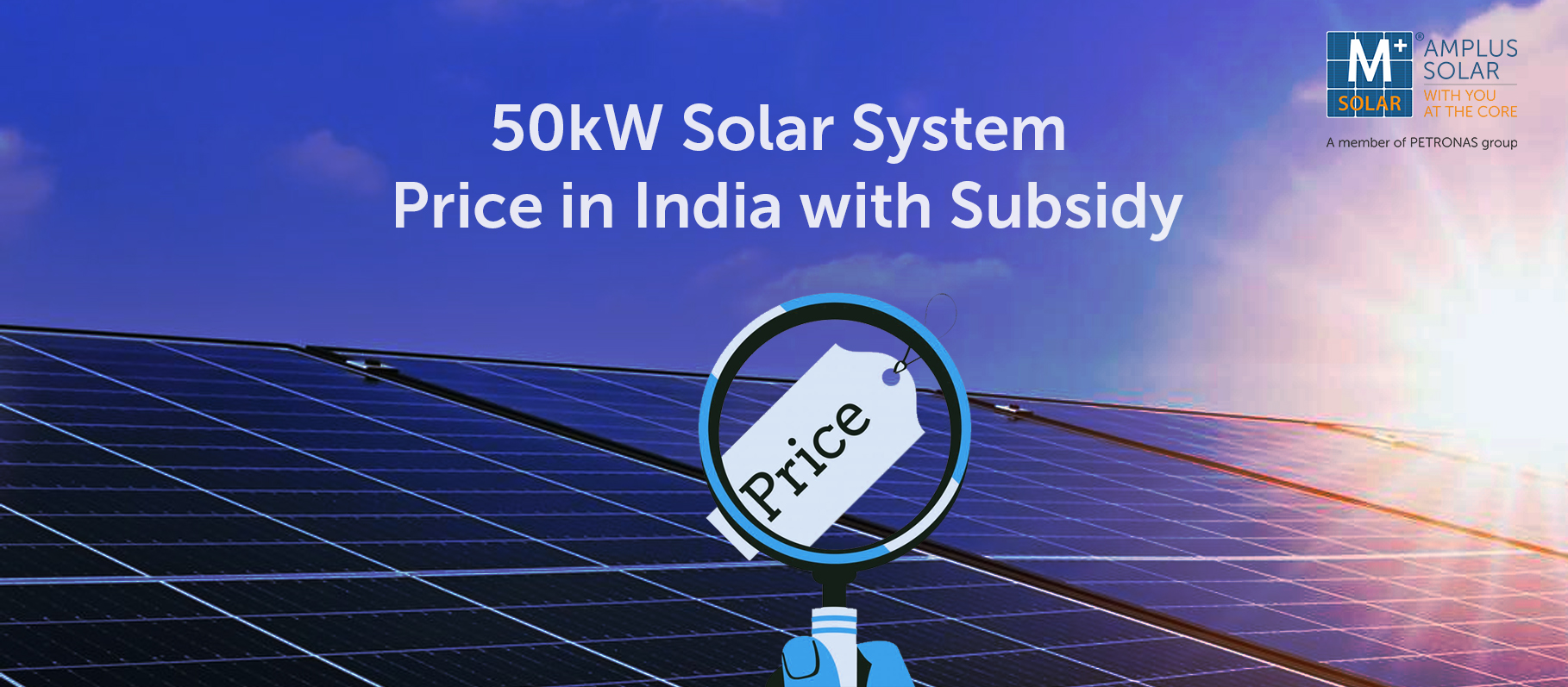 About 50kW Solar System: Price in...
About 50kW Solar System: Price in...  30kW Solar Panel System Price in...
30kW Solar Panel System Price in...  All About 5kW Solar System: Price,...
All About 5kW Solar System: Price,... 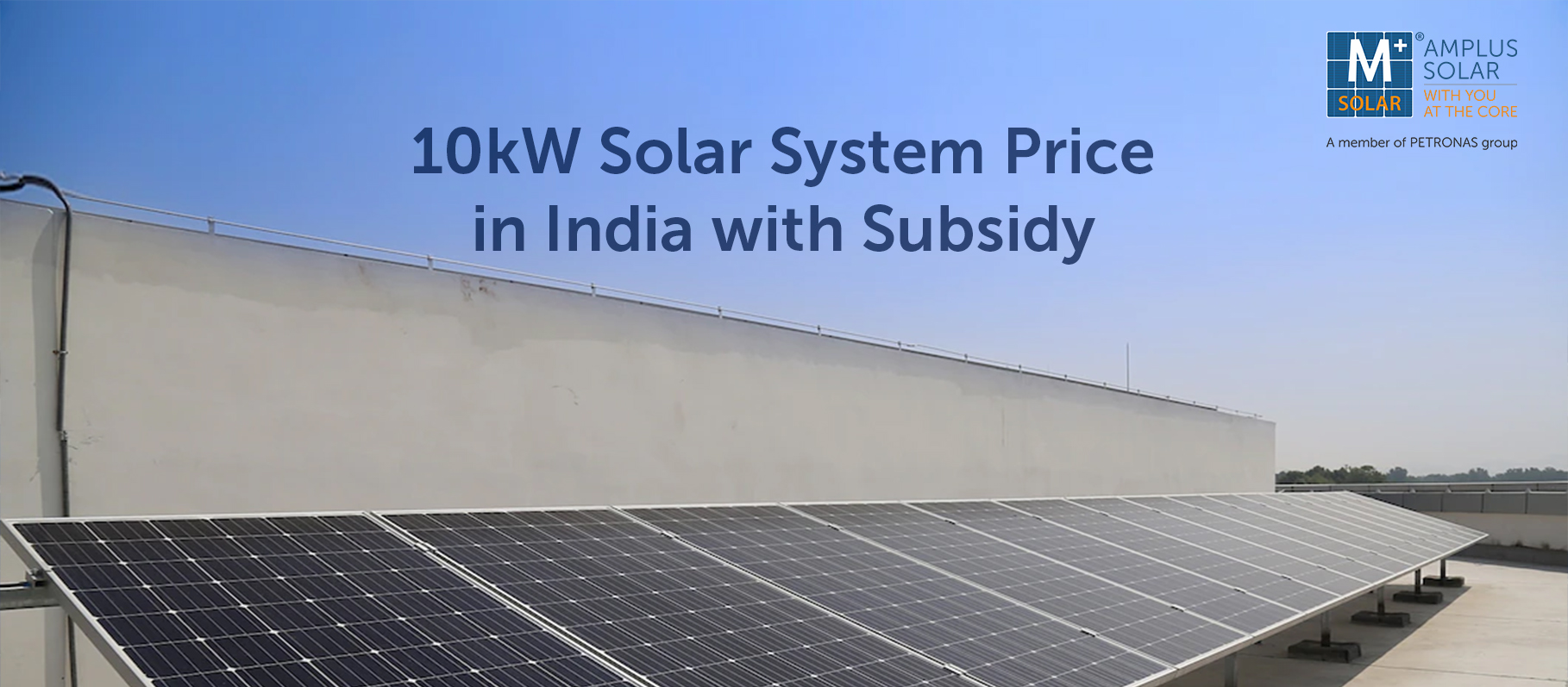 10kW Solar System Price in India...
10kW Solar System Price in India... 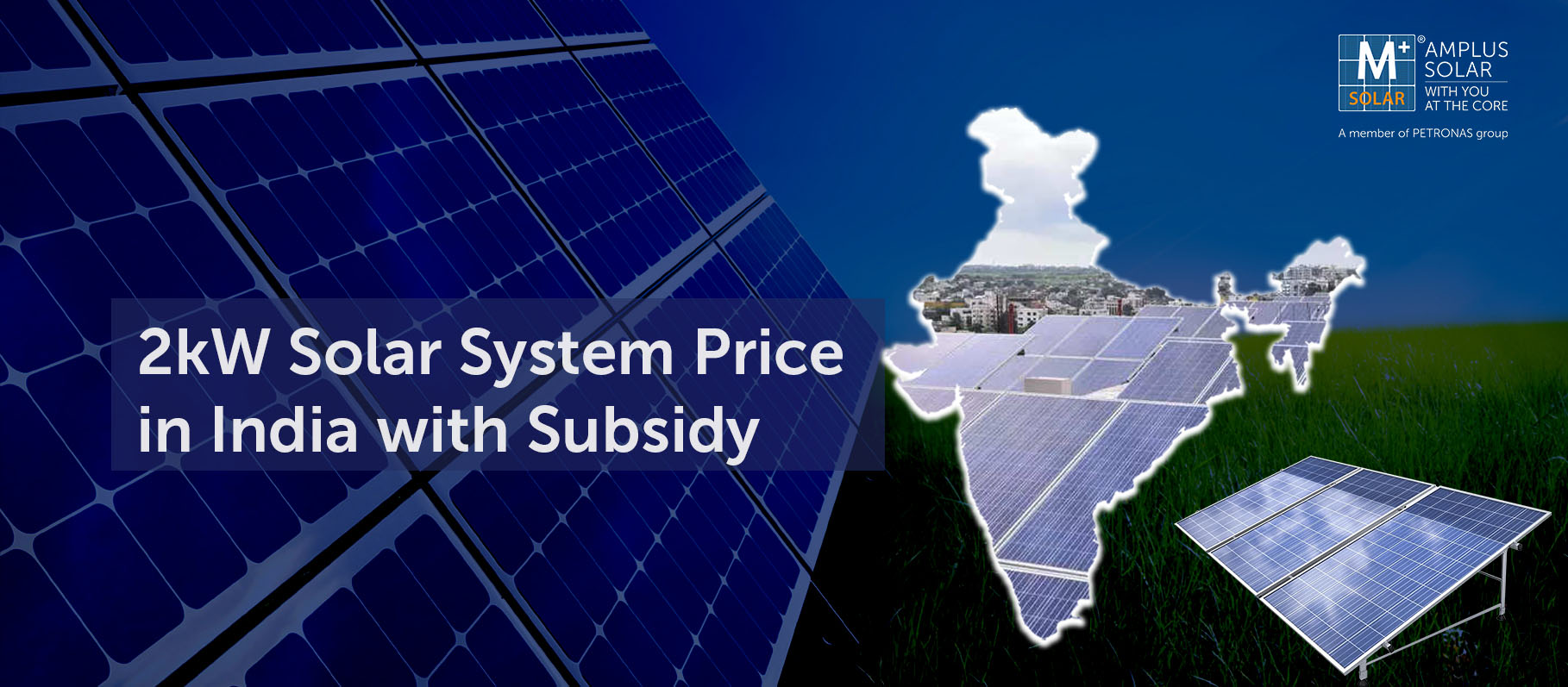 2kW Solar System Price in India...
2kW Solar System Price in India...  20kW Solar System Price in India...
20kW Solar System Price in India... 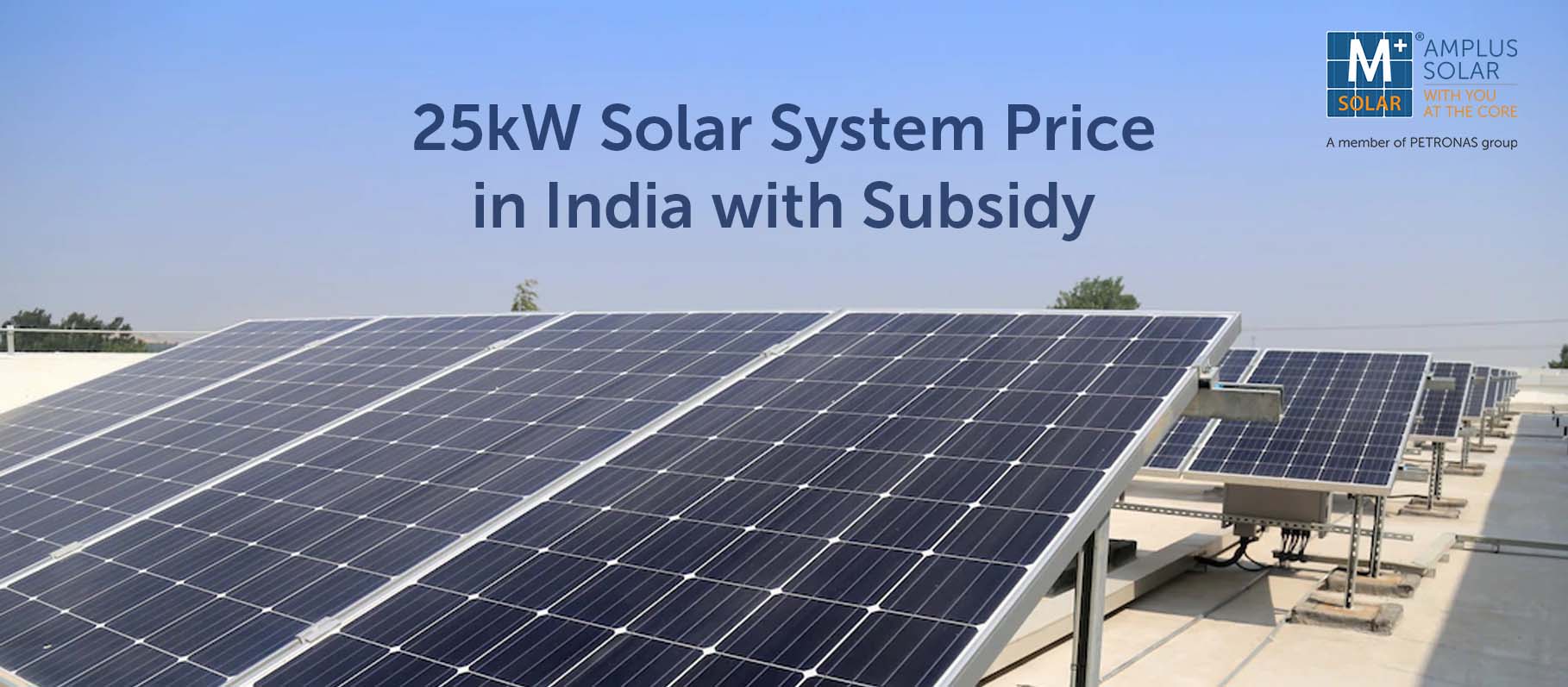 25kW Solar Panel System Price in...
25kW Solar Panel System Price in...  100kW Solar System Price in India...
100kW Solar System Price in India...  15 kW Solar System Price in...
15 kW Solar System Price in...  150 Watt Solar Panel Price in...
150 Watt Solar Panel Price in... 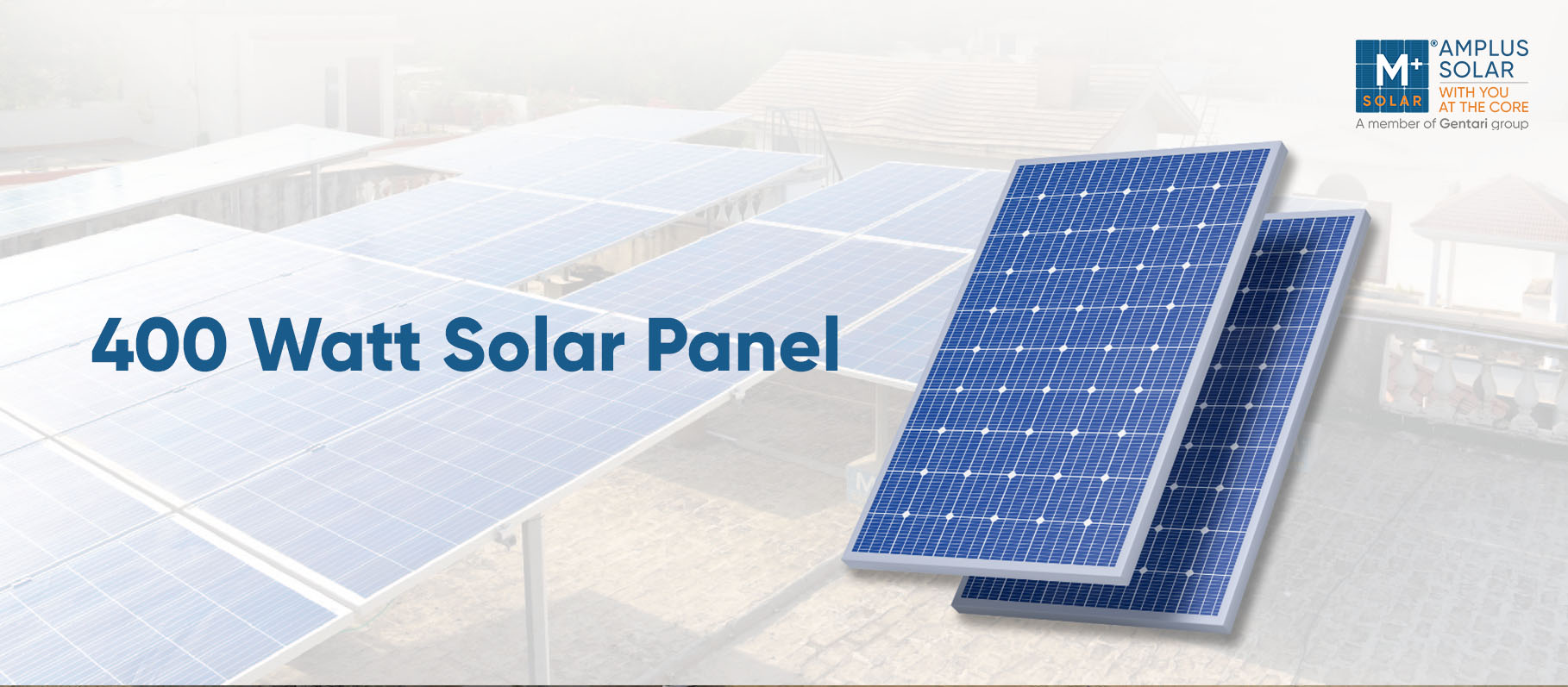 400 Watt Solar Panel Price in...
400 Watt Solar Panel Price in...  500 Watt Solar Panel Price in...
500 Watt Solar Panel Price in...  250 Watt Solar Panel Price in...
250 Watt Solar Panel Price in...  100 Watt Solar Panel Price in...
100 Watt Solar Panel Price in... 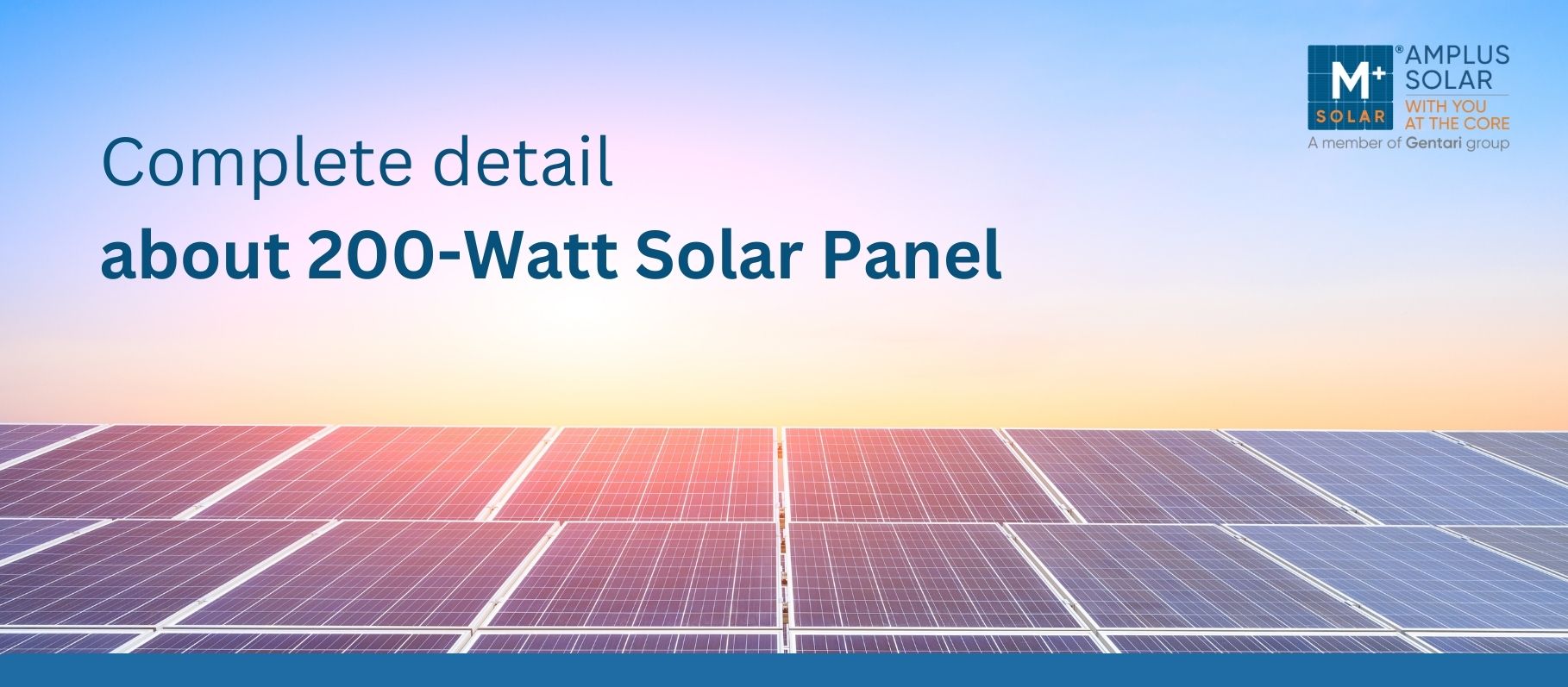 200 Watt Solar Panel Price in...
200 Watt Solar Panel Price in...  350 Watt Solar Panel Price in...
350 Watt Solar Panel Price in... 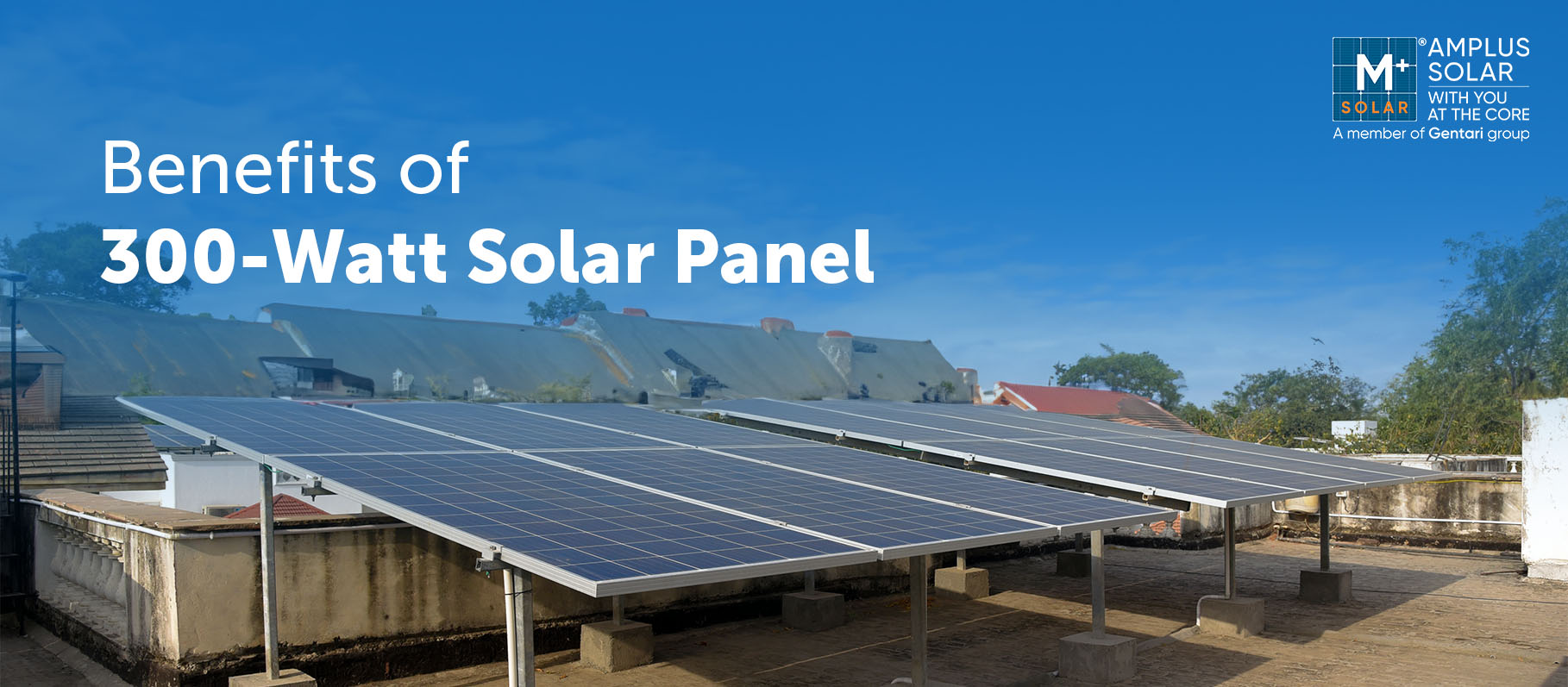 300 Watt Solar Panel Price in...
300 Watt Solar Panel Price in...  50 Watt Solar Panel Price in...
50 Watt Solar Panel Price in...  A Complete Guide To Bifacial Solar...
A Complete Guide To Bifacial Solar... 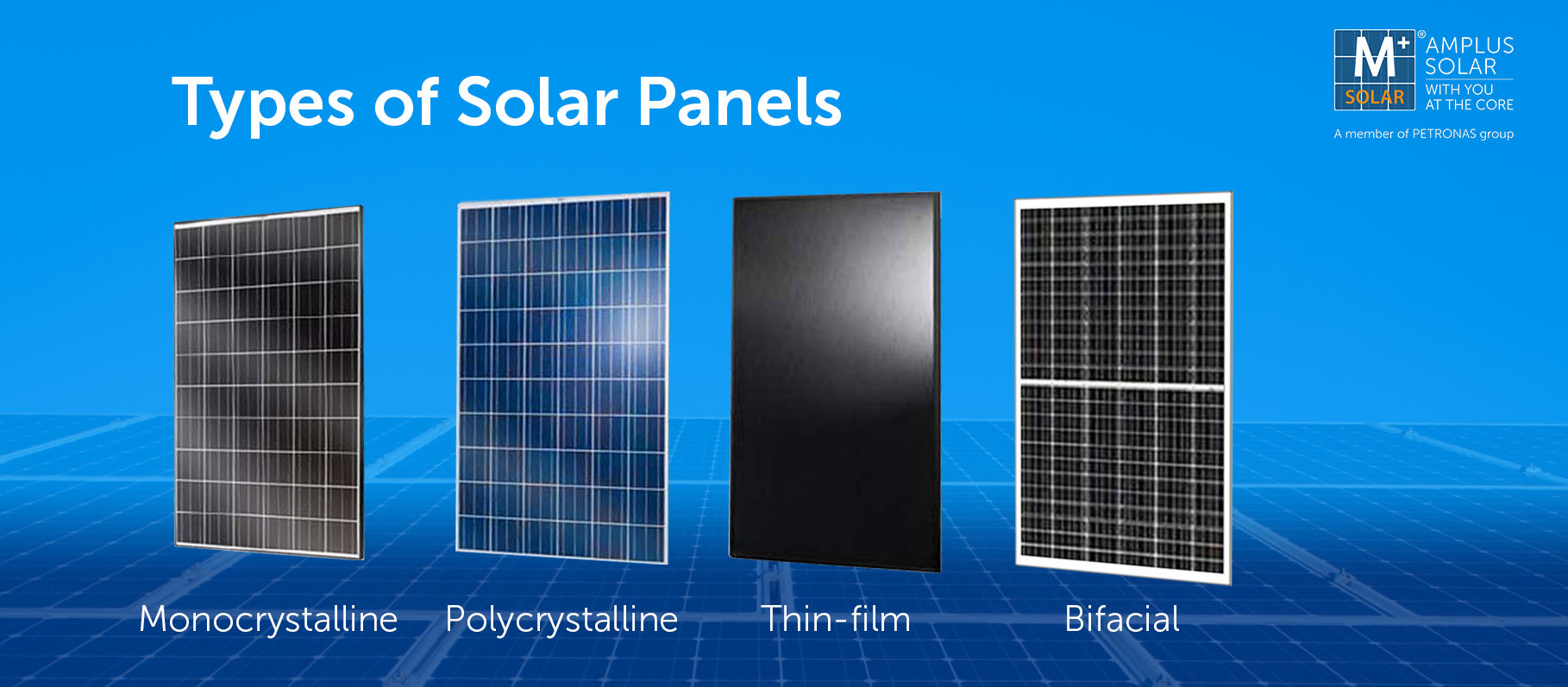 Complete Guide About Types of Solar...
Complete Guide About Types of Solar...  Net Metering: Know Everything About Net...
Net Metering: Know Everything About Net...  Solar Power Plant: Types, Benefits, Price,...
Solar Power Plant: Types, Benefits, Price,...  How to Install Solar Panels at...
How to Install Solar Panels at... 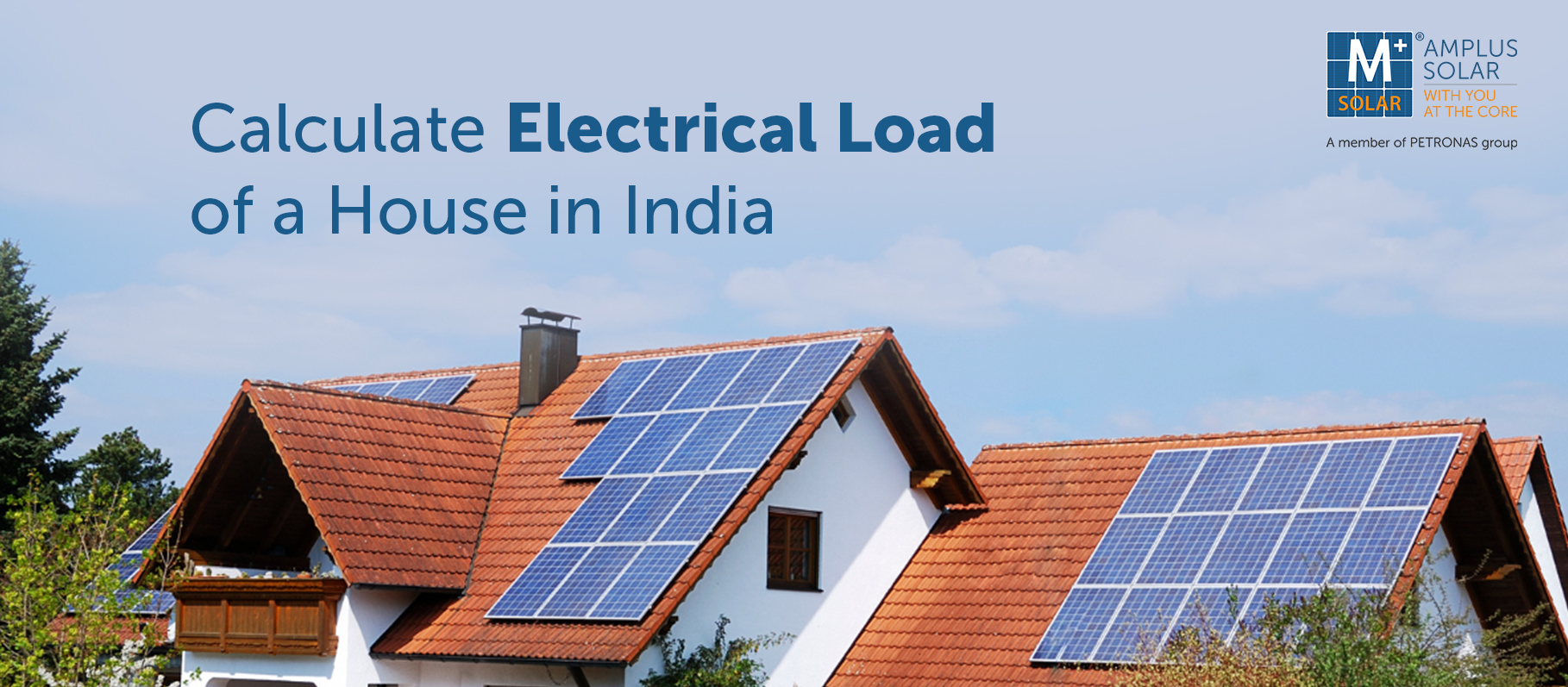 How to Calculate Electrical Load for...
How to Calculate Electrical Load for...  On Grid Solar System Price, Benefits,...
On Grid Solar System Price, Benefits,... 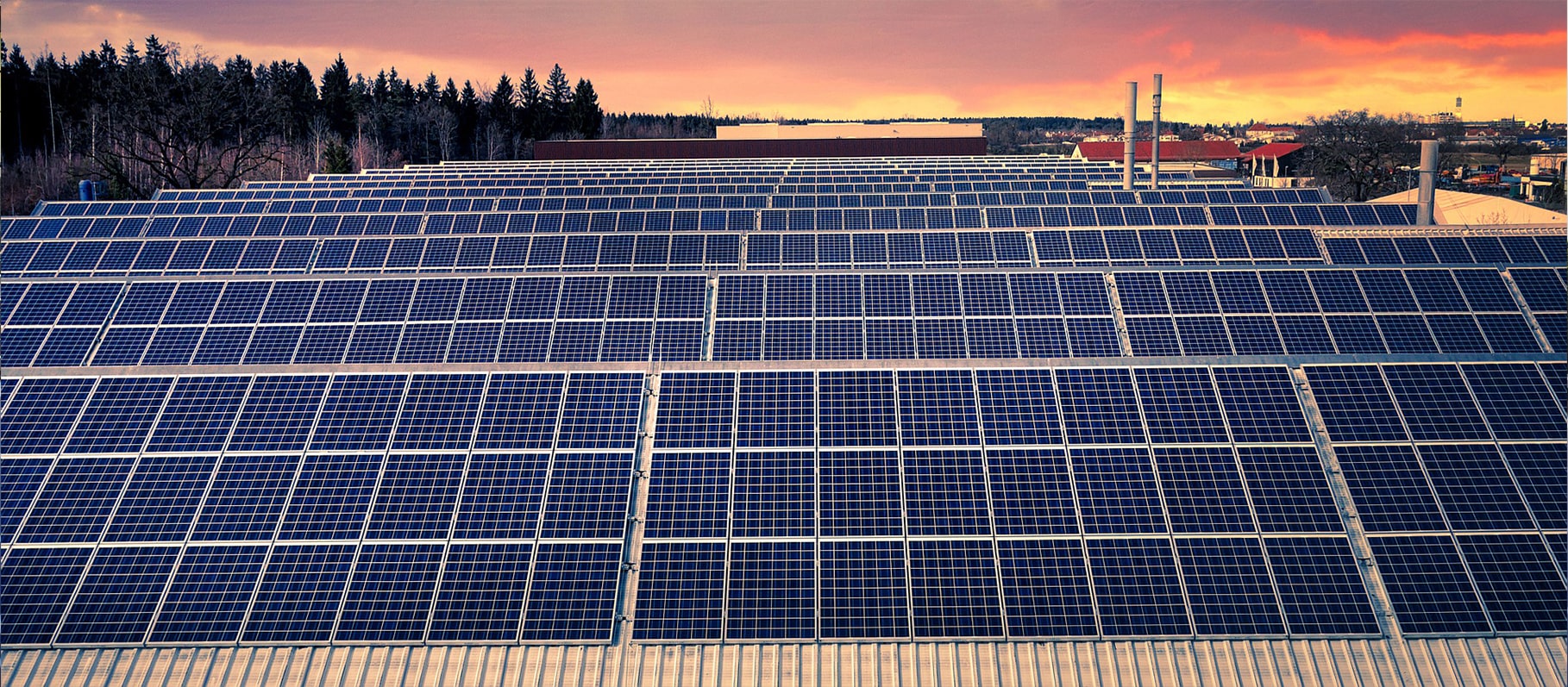 Opex vs Capex Solar Model: What...
Opex vs Capex Solar Model: What...  Performance of Solar Panels in Different...
Performance of Solar Panels in Different...  Effect of Solar on Climate Change
Effect of Solar on Climate Change 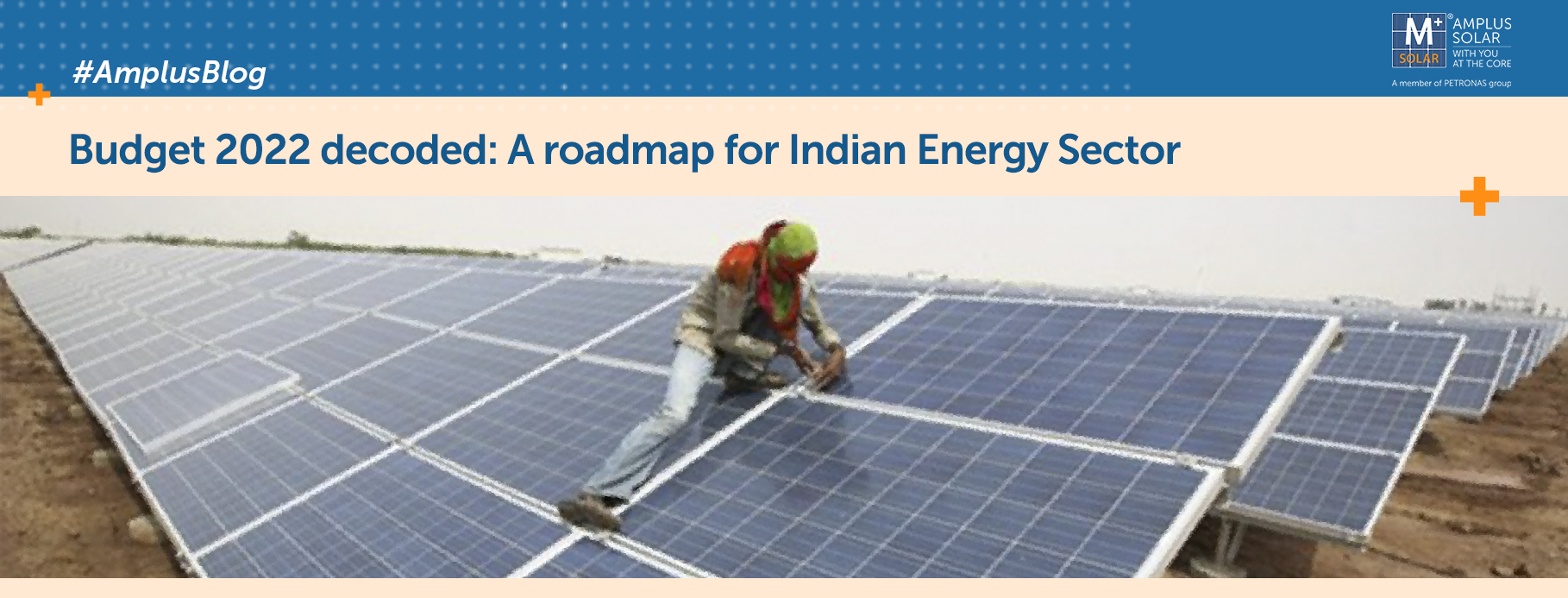 Budget 2022 decoded: A roadmap for...
Budget 2022 decoded: A roadmap for...  Top 5 Solar Farms in India...
Top 5 Solar Farms in India...  Energy Crisis in India and How...
Energy Crisis in India and How...  Importance of making the Switch to...
Importance of making the Switch to...  7 Advancements in Solar in 2021
7 Advancements in Solar in 2021  What The Future Holds For Solar...
What The Future Holds For Solar...  How to choose a Solar Power...
How to choose a Solar Power... 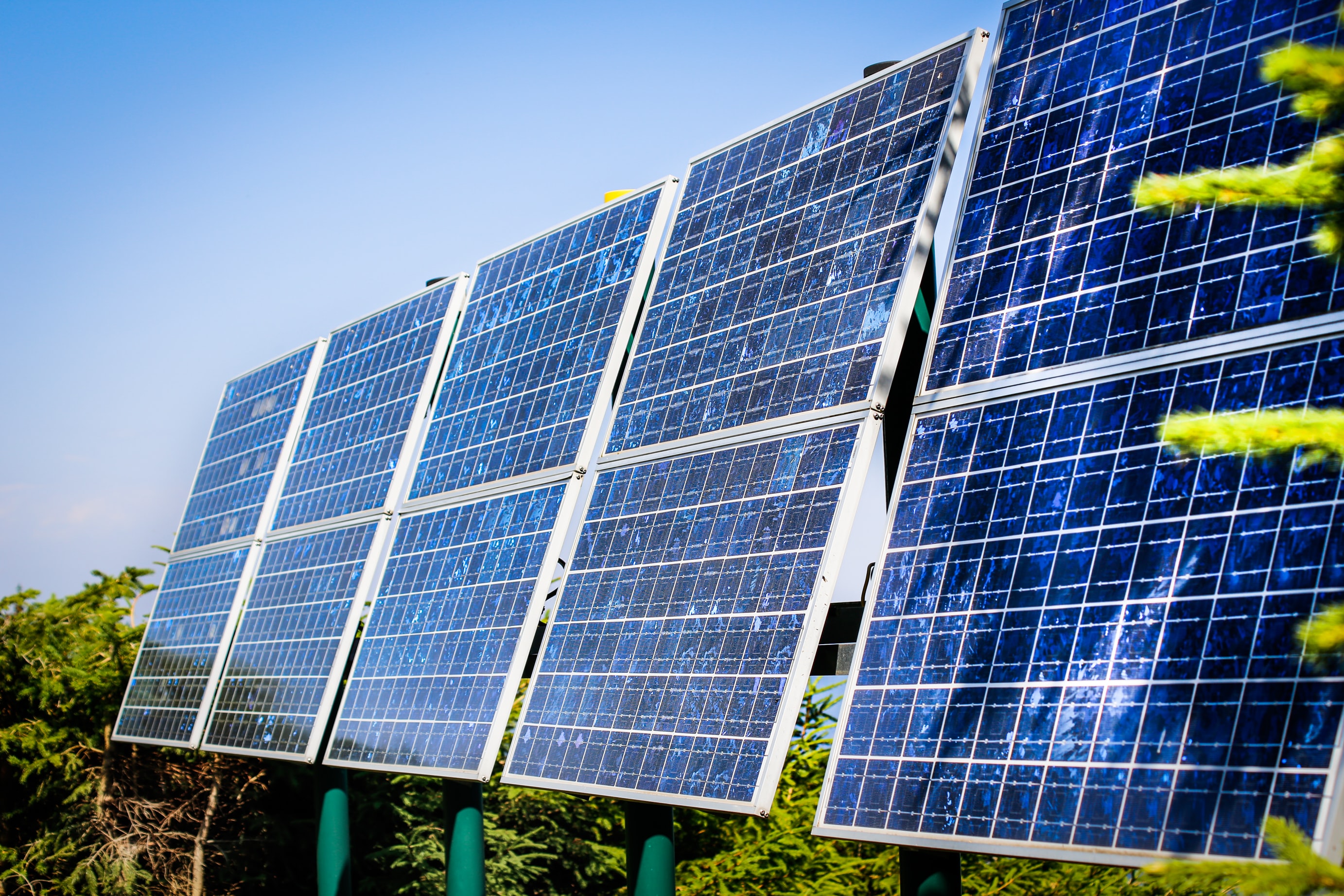 Evaluating the Revamping & Repowering opportunity...
Evaluating the Revamping & Repowering opportunity... 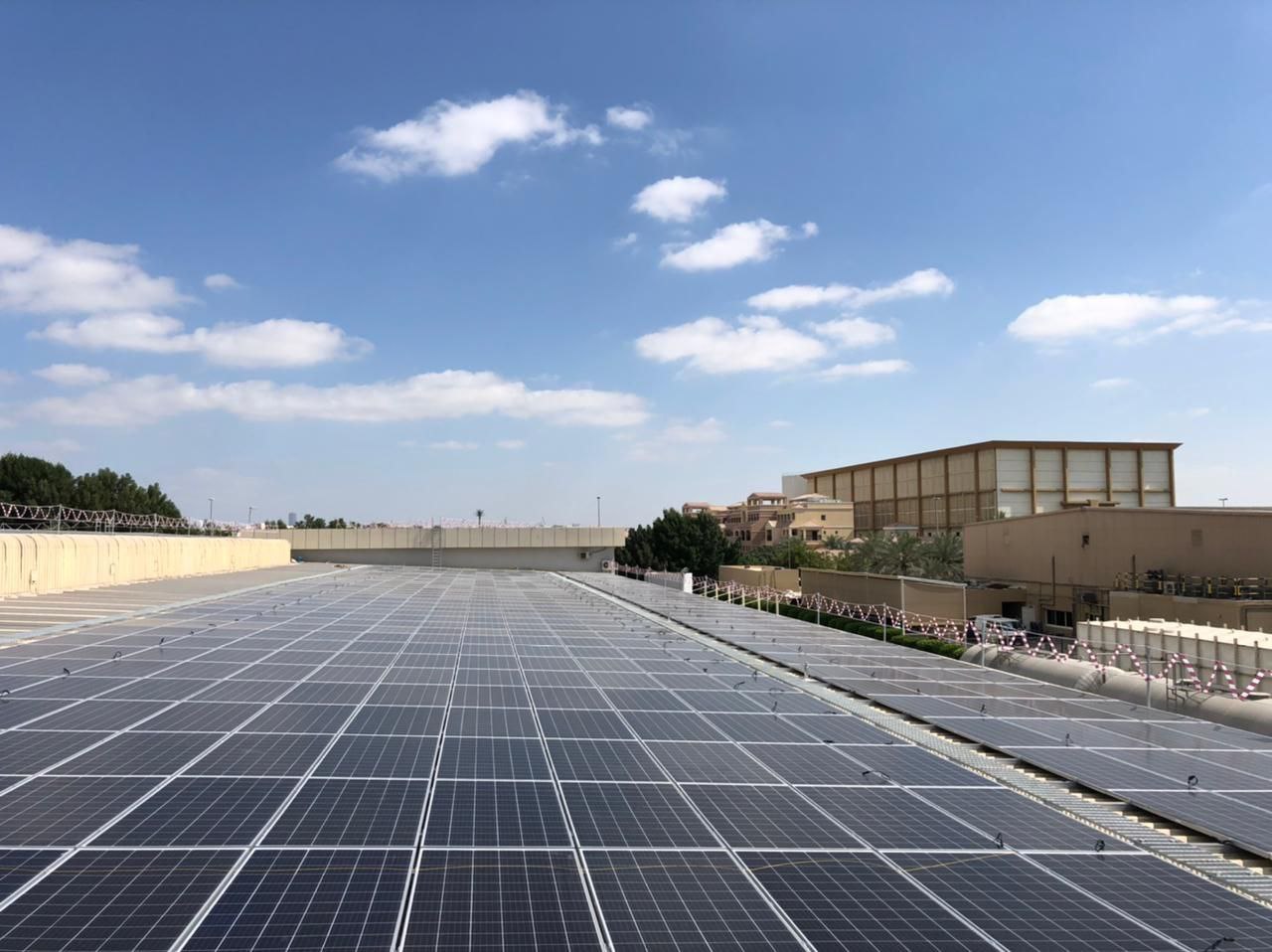 All You Need to Know about...
All You Need to Know about...  Choosing a Solar Contractor and Site...
Choosing a Solar Contractor and Site... 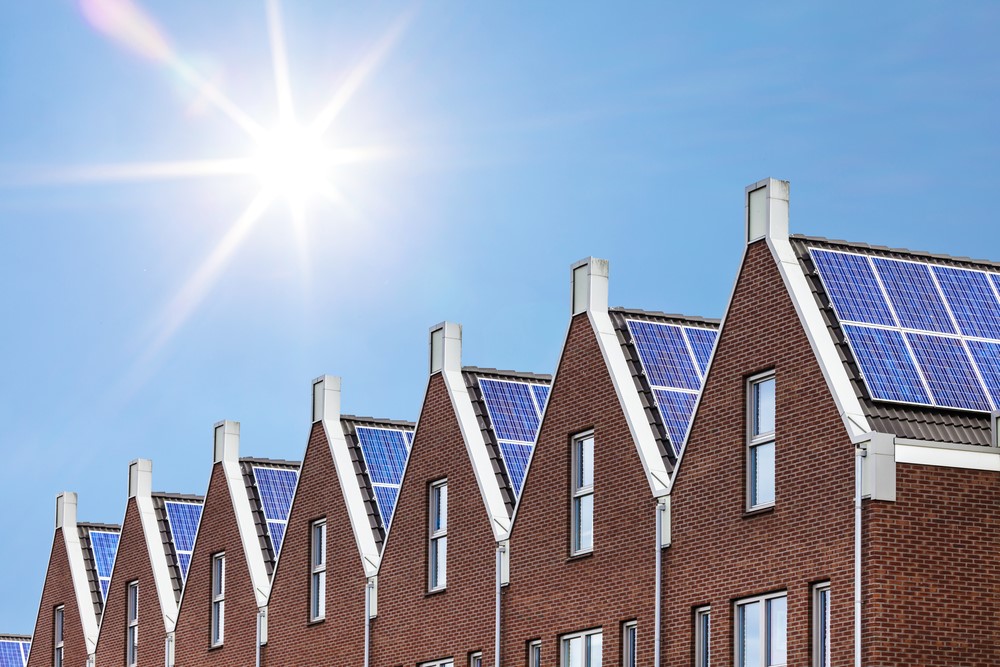 Benefits of Solar Power for Home
Benefits of Solar Power for Home 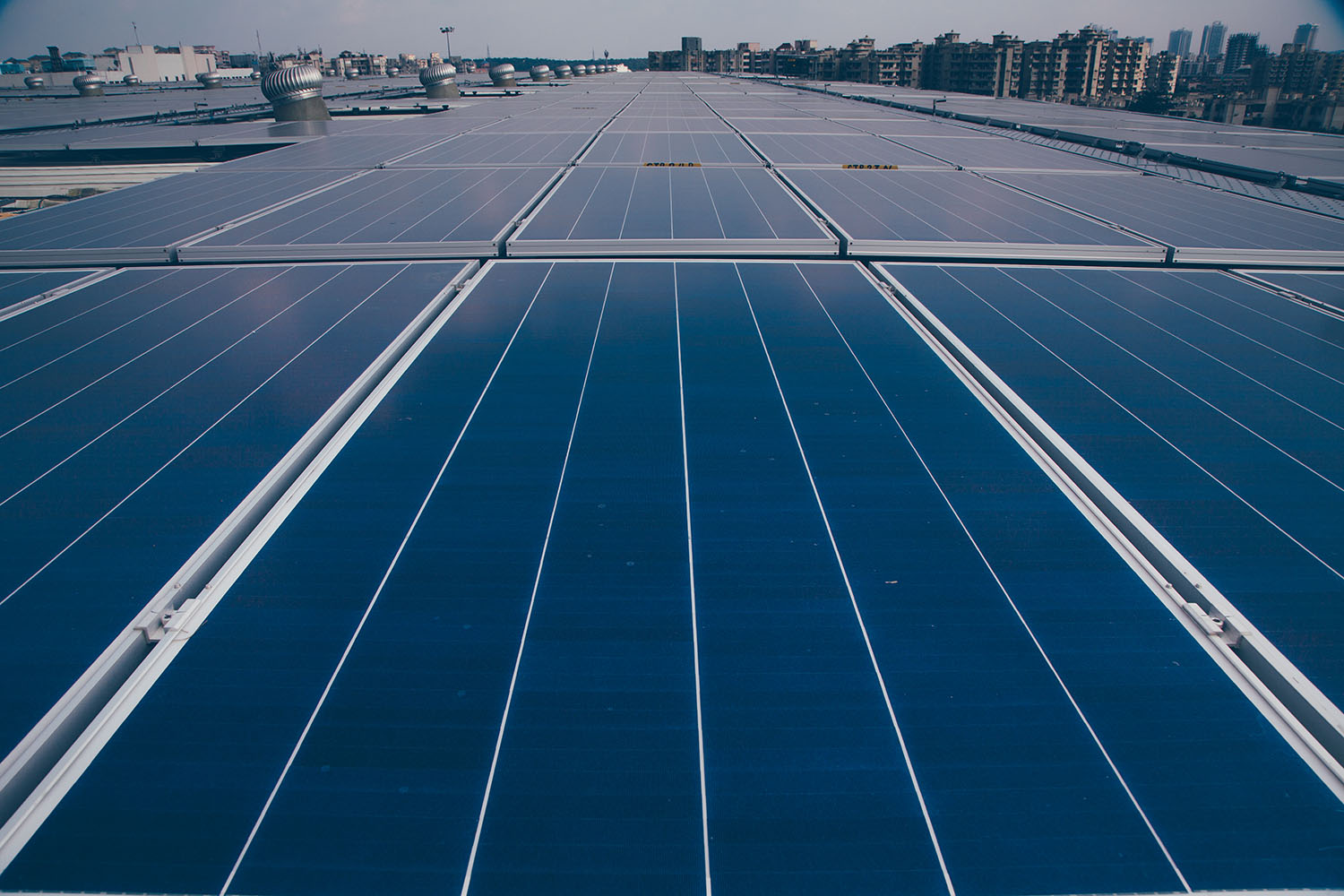 DECELERATING PV MODULE PRICES MAY START...
DECELERATING PV MODULE PRICES MAY START... 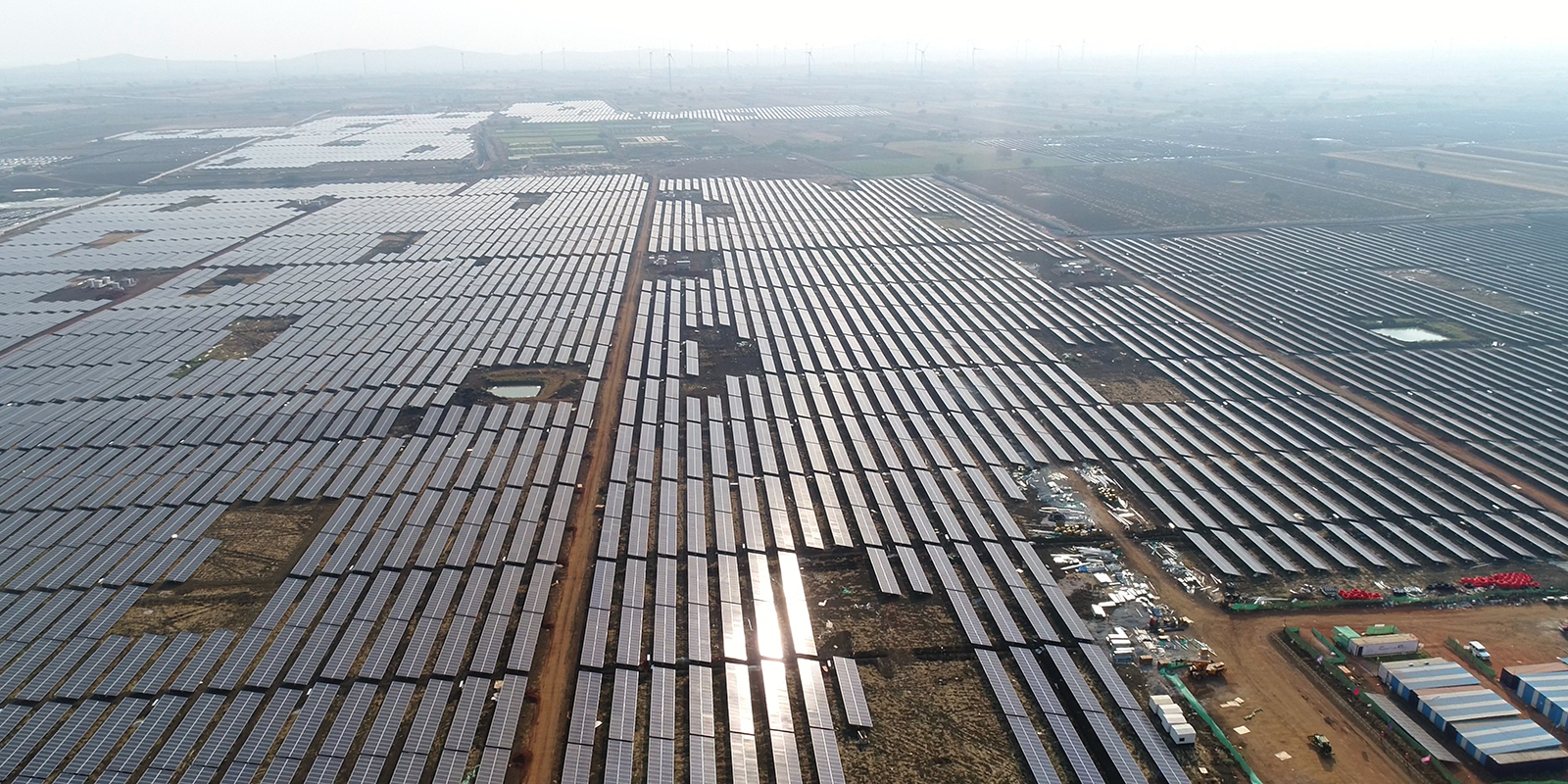 Contribution of Solar Energy in dealing...
Contribution of Solar Energy in dealing... 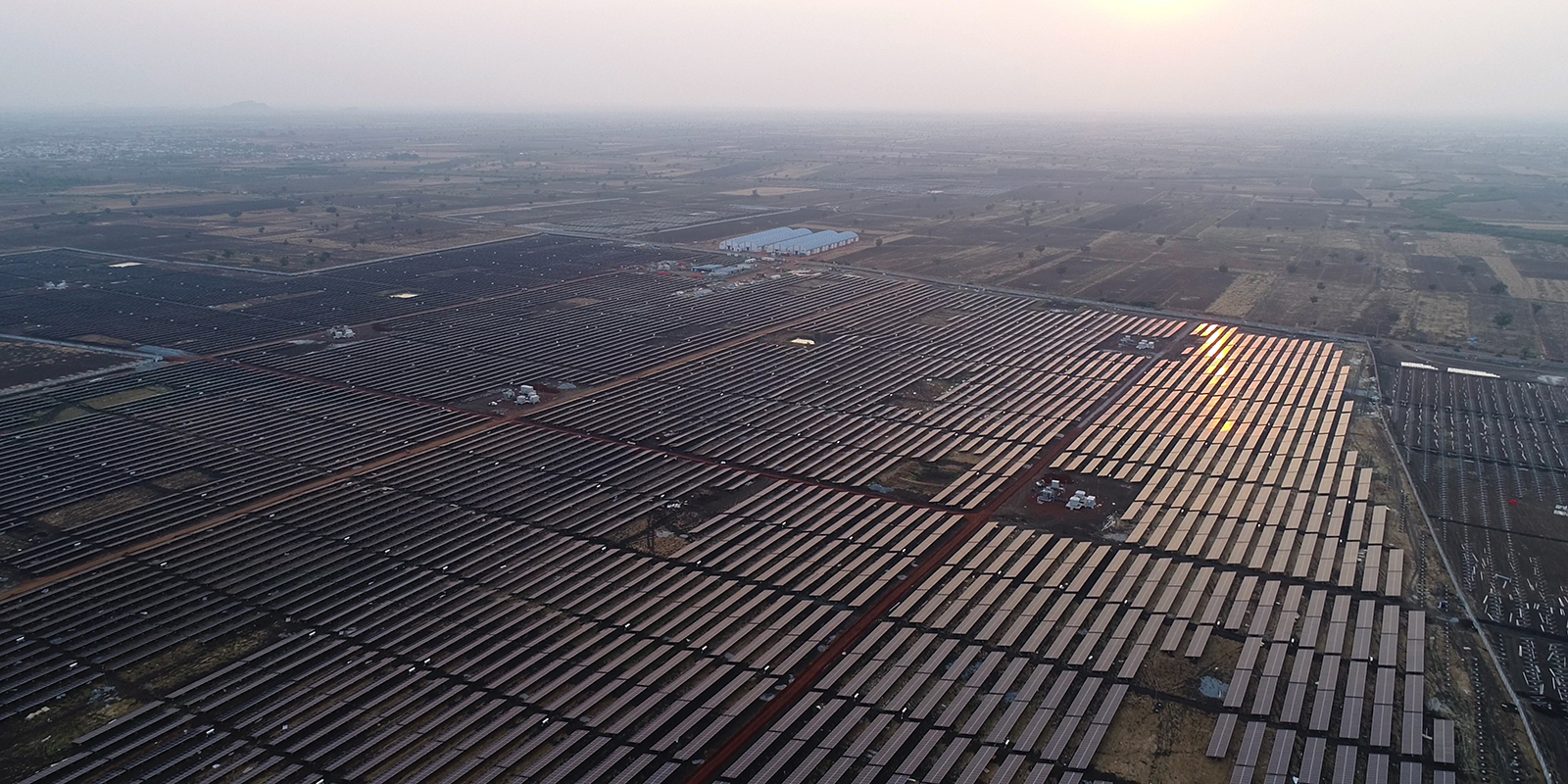 Increasing Role of Utility Service Providers...
Increasing Role of Utility Service Providers...  India’s Solar Developers Seek Reversal Of...
India’s Solar Developers Seek Reversal Of...  Is Solar Energy Low Maintenance?
Is Solar Energy Low Maintenance?  Solar Energy Policy in Gujarat
Solar Energy Policy in Gujarat 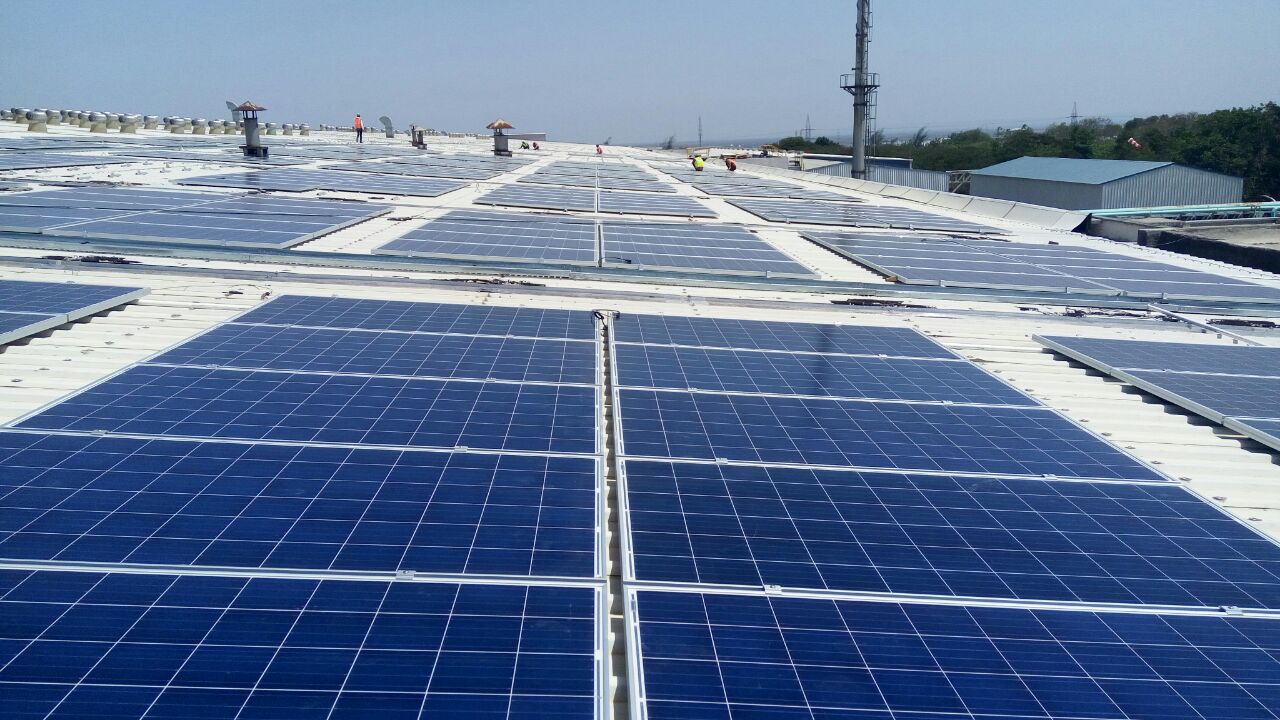 The Importance of Renewable Energy in...
The Importance of Renewable Energy in...  Blockchain in Electricity
Blockchain in Electricity  Narendra Modi’s India Facing Unique Solar...
Narendra Modi’s India Facing Unique Solar... 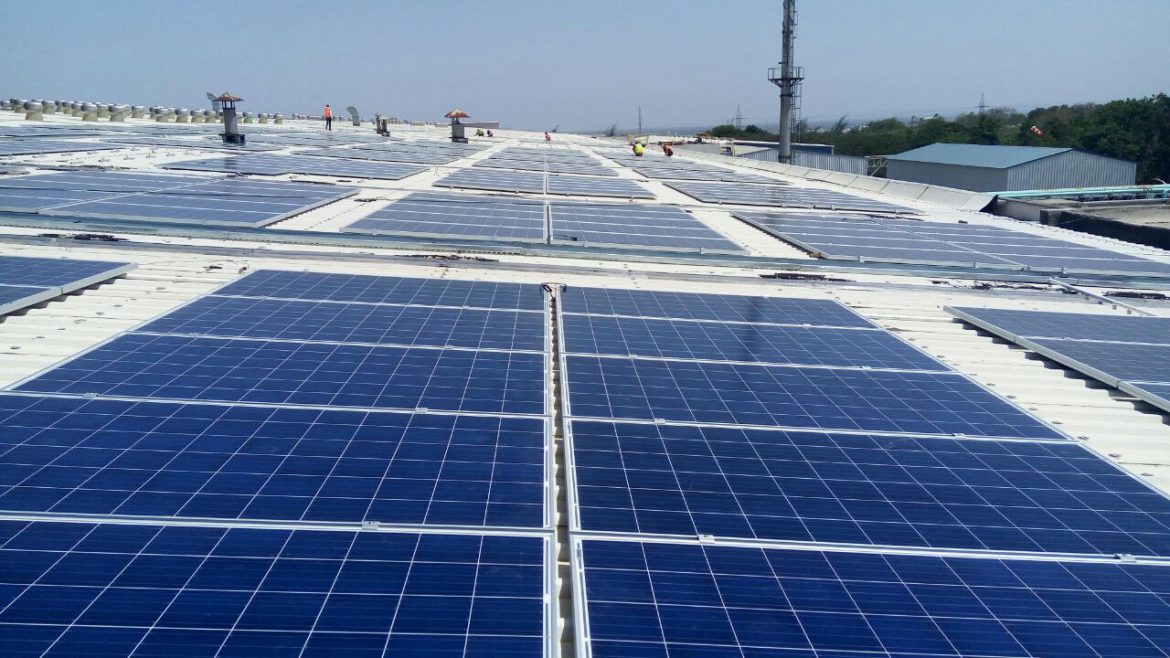 Changing Electricity Sector in India –...
Changing Electricity Sector in India –...  Net-Metering – An efficient system of...
Net-Metering – An efficient system of...  The Top Government Programes in the...
The Top Government Programes in the... 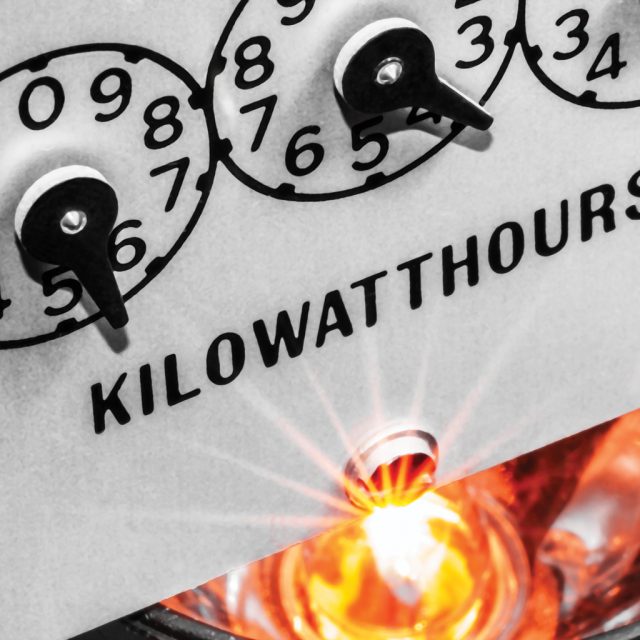 Challenges in Net-Metering
Challenges in Net-Metering  What are the Solar Schemes in...
What are the Solar Schemes in...  The Top 10 Solar Power Companies...
The Top 10 Solar Power Companies...  Grid of the Future
Grid of the Future  Global Commitment to RE-100
Global Commitment to RE-100  Pay-As-You-Go Solar Energy Companies Spread Light...
Pay-As-You-Go Solar Energy Companies Spread Light...  Everything About Paris Cimate Agreement
Everything About Paris Cimate Agreement  Solar Energy: Myths and Truths
Solar Energy: Myths and Truths  What to ask yourself before installing...
What to ask yourself before installing... 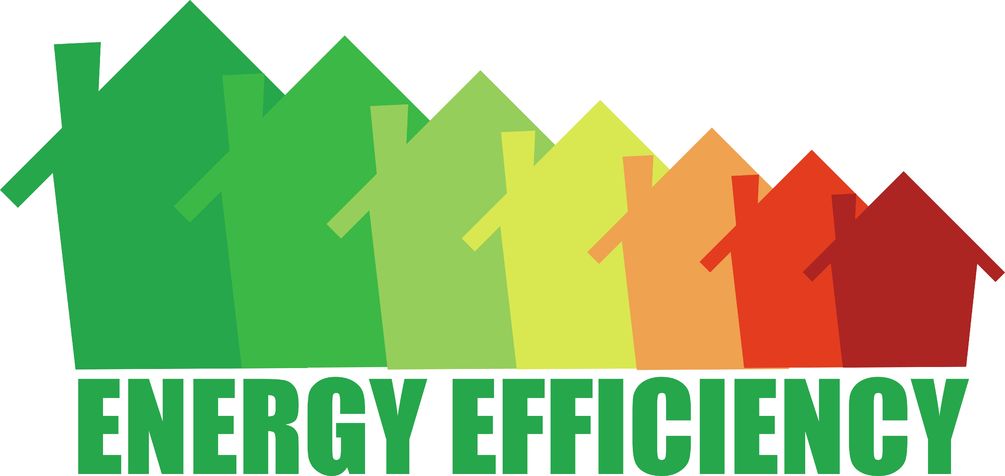 How Energy Efficiences are needed today
How Energy Efficiences are needed today  Why are Solar Tariffs going down...
Why are Solar Tariffs going down...  How China is Leading the World...
How China is Leading the World... 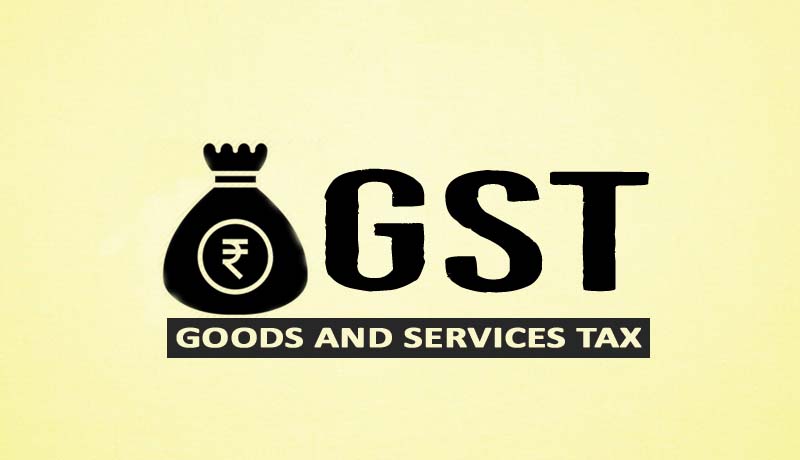 GST- A boon or a bane...
GST- A boon or a bane...  10 Ways to Make Your Organization...
10 Ways to Make Your Organization... 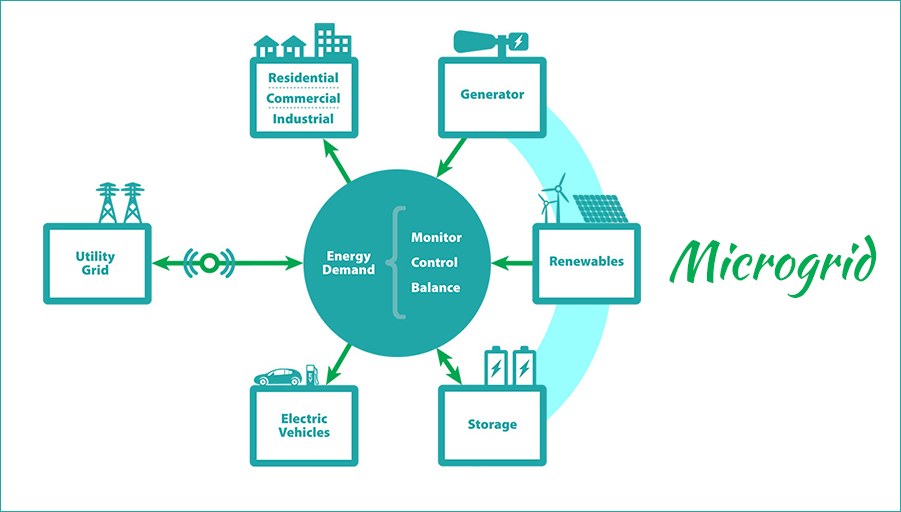 Microgrids- The future?
Microgrids- The future?  3 Pillars of Solar Asset Management-...
3 Pillars of Solar Asset Management-...  Amplus Solar: Growing Greener
Amplus Solar: Growing Greener 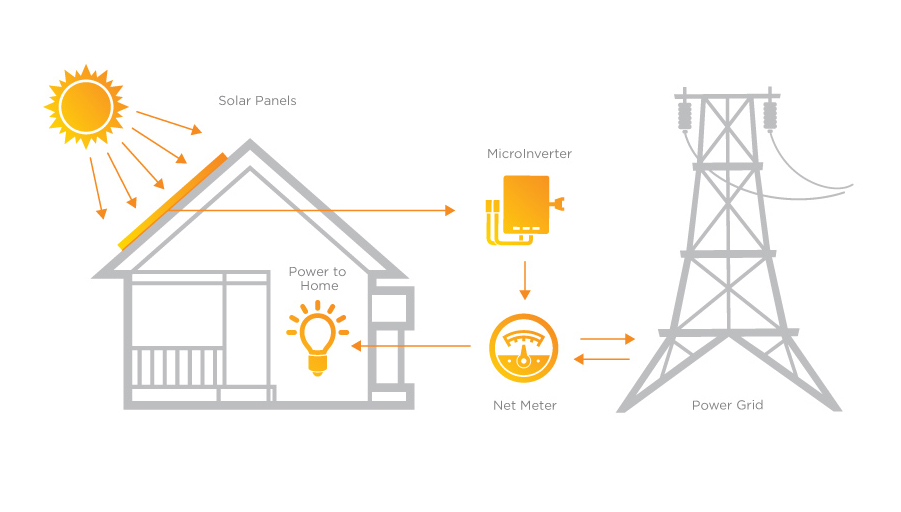 Net Metering: A Boon or a...
Net Metering: A Boon or a... 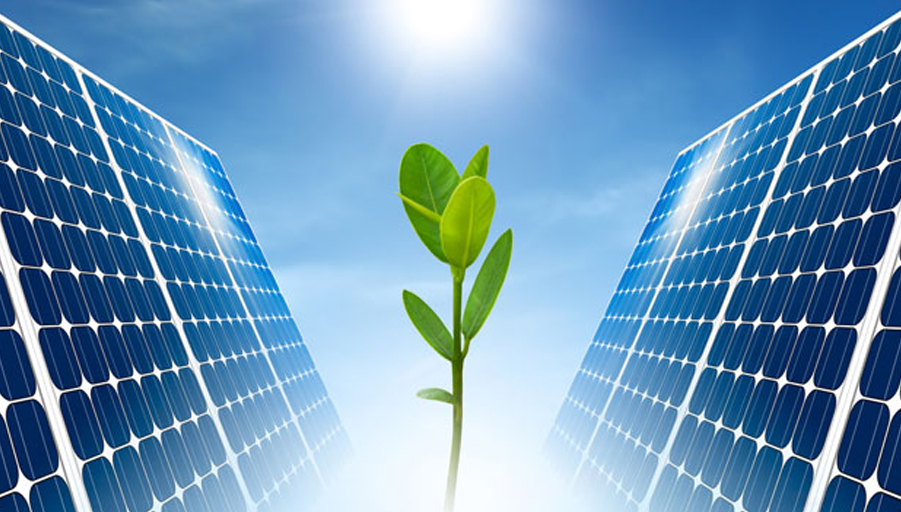 Amplus Solar, Lighting Your Lives
Amplus Solar, Lighting Your Lives  Why Would You Want to Use...
Why Would You Want to Use... 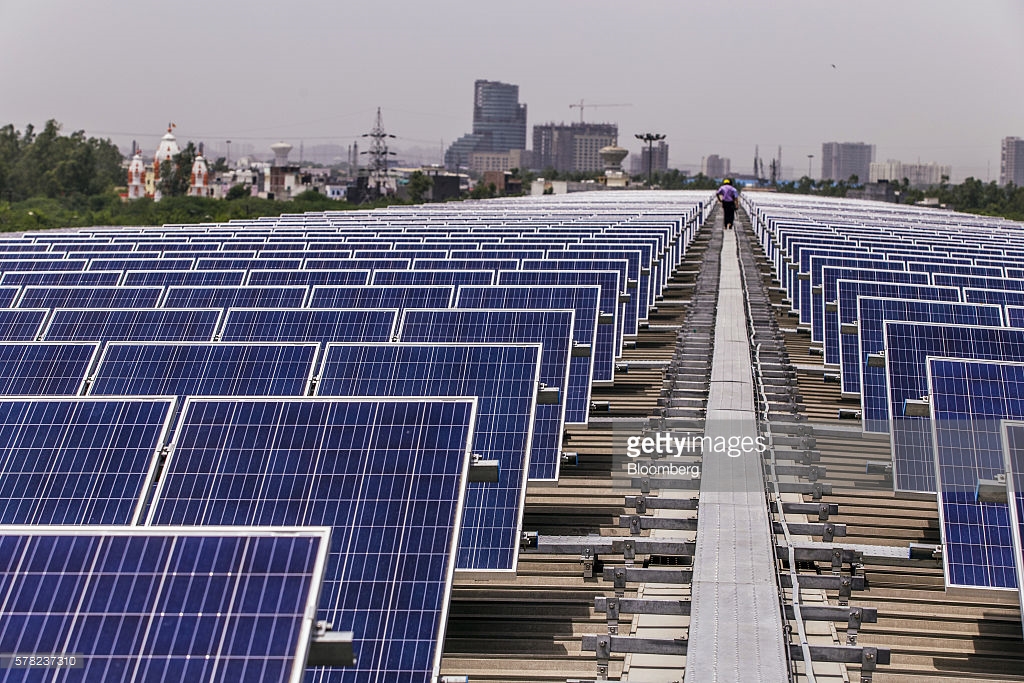 Your Own Solar Plant at Zero...
Your Own Solar Plant at Zero...  Solar Energy: The Key to Unlimited...
Solar Energy: The Key to Unlimited...  Top Builders Rush to Install Solar...
Top Builders Rush to Install Solar...
Leave a Comment